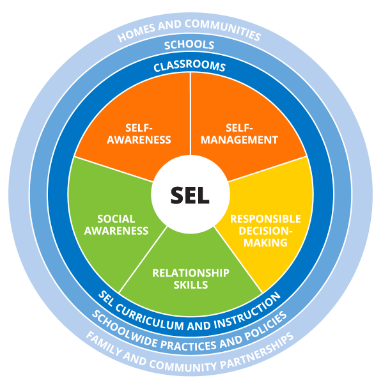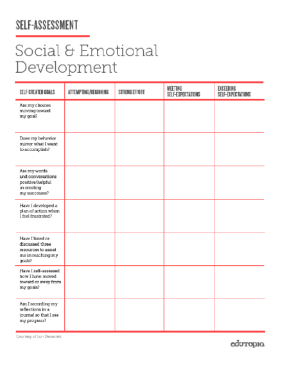
Jul 24, 2019
Tutors have long recognized that their personal relationship with a student is key to the student’s performance during and beyond your lessons. By focusing on their social and emotional development, tutors can foster better students and lifelong learners.
Social and emotional learning (SEL) is a familiar concept to education reformers, but SEL is still in the early stages of penetrating deeper into American education. So just what is SEL, and how can tutors employ SEL techniques in their practice and measure students’ SEL competencies?
What is SEL?
According to the non-profit Collaborative for Academic, Social, and Emotional Learning (CASEL), SEL is:
the process through which children and adults acquire and effectively apply the knowledge, attitudes, and skills necessary to understand and manage emotions, set and achieve positive goals, feel and show empathy for others, establish and maintain positive relationships, and make responsible decisions.
The key takeaway here, as other studies have confirmed, is that SEL is for students and educators. In the Aspen Institute’s 2017 SEL report, researchers recognize that “learning is social and emotional,” and that “major domains of human development—social, emotional, cognitive, linguistic, academic—are deeply intertwined in the brain and in behavior.”

How can tutors build SEL?
Over the last decade, there’s been a profusion of SEL resources available to educators, from classroom integration of SEL into academic learning to methods to measure students’ social and emotional competencies, available through organizations like CASEL and the examples offered by educators’ independent efforts and school districts’ competency-based programs.
The resources boil down to a simple principle: student learning requires social and emotional development—in other words, well-developed social skills and self-awareness—to create long-term, sustained academic success.
Tutors can take to heart the following tips:
Focus on your student’s character, and not just the material the student is attempting to master.
Use “emotion words” with your student, by asking how they feel about certain content or a particular test or assignment result. By articulating their feelings around academic subjects, students can develop the emotional vocabulary to understand and deal with frustration.
Help students realize their inner worth, by emphasizing that actual learning is more important than grades, and that improvement is a form of competence itself. Tutors are especially capable of assisting students in this regard, given their distance from the classroom and unique personal relationship—neither parent nor schoolteacher—with the student.
How can tutors measure SEL?
While there’s no standard SEL curriculum or rubric, tutors can develop their own based on the resources linked to above—or adapt rubrics built by other educators, like this researcher’s comprehensive program and assessment tools, or this self-directed student assessment rubric (download it here):

The benefit of student self-assessment is that the student, not the educator, is driving their own self-reflection on their emotions, frustrations, and the overall learning process. Educators still need to help guide the process and ensure that students haven’t hit a roadblock.
In creating your own rubric, you can draw from CASEL’s five key social and emotional competencies for students to develop:
In time and with dedicated self-reflection, your students can carry their heightened self-understanding into future endeavors, and flourish as learners, citizens, and human beings.
